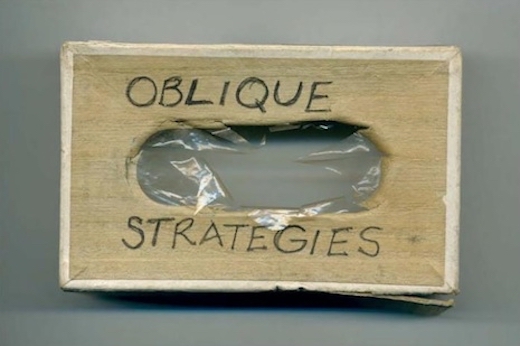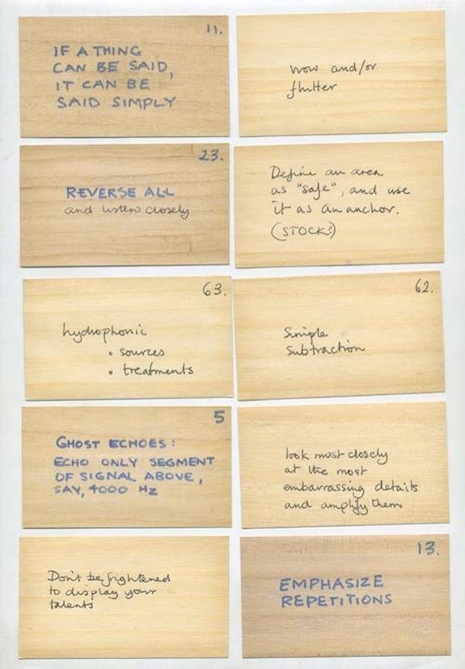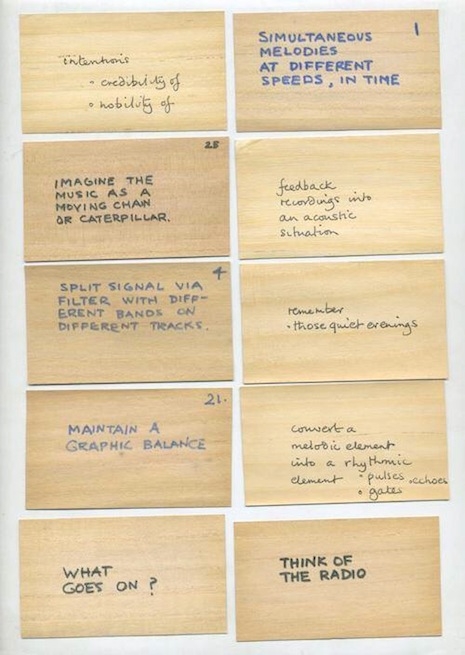In the old days, determining an art forgery was mostly a matter of narrative deduction, a la Sherlock Holmes.
Thiago Piwowarczyk and Jeffrey Taylor, founders of New York Art Forensics, employ such techniques to establish provenance, tracing the chain of ownership of any given work back to its original sale by researching catalogues, title transfers, and correspondence.
But they also bring a number of high tech tools to the table, to further prove—or in the case of the alleged Jackson Pollock drip painting above, disprove—a work’s authenticity.
In the WIRED video above, these experts, whose pedigree includes degrees in Chemistry, Forensic Science, and Comparative History, a Visual Arts Management textbook, and two Frick Collection Fellowships, break the sleuthing process down to five critical steps:
1. Establish provenance
Obsolete technology has a place in the process too, in the form of a highly unreliable fax, allegedly sent in 1997. It purports to be a photocopy of a typewritten letter from 1970, written by a gallery owner who talked one of the artist’s former girlfriends into parting with a number of works after his death.
Unfortunately for the painting’s current owner, Piwowarczyk and Taylor could find no proof that the gallery or its owner ever existed. The letter also botches Pollock’s death date and oddly, there’s a blank where the sender’s number would normally be.
Due diligence reveals nothing resembling this painting in the catalogue raisonné of Pollock’s work.
2. Close up visual analysis
This can be accomplished with tools as simple as the flashlight and plastic caliper Taylor uses to examine the staple holes found at regular intervals along the unsigned canvas’ edges. In the 1940s, artists started gravitating toward staples over tacks as a method for securing their canvases to stretcher bars, but would Pollock have done so? Likely not, to hear him tell it:
I hardly ever stretch my canvas before painting. I prefer to tack the unstretched canvas to the hard wall or the floor. I need the resistance of a hard surface.
Piwowarczyk and Taylor draw on their other senses, too, when performing this in-depth visual inspection. A deep sniff reveals that teabags were used to discolor the canvas, in hope of making it appear older than it is.
3. Photography with a multispectral imaging camera
This camera’s ability to see the Ultra-Violet spectrum allows our forensic experts to spot restorations, underdrawing, and pentimenti. Here, the camera revealed an underlying painting whose geometric layout is uncharacteristic of Pollock, as well as a suspiciously amateurish patch job on the back of the canvas, another attempt to make the painting appear older than it is.
4. Examination with an X‑ray fluorescence spectrometer
It looks like a cool Star Wars prop, and allows the examiners to identify elements in the pigment. Here, our “Pollock” gets a pass. There’s titanium (as in Titanium White) in evidence, but that’s permissible for anything painted from the 30s onward.
5. Molecular Imaging and Analysis by Raman Spectroscopy
The forger might have gotten away with it if it weren’t for those meddling kids and their Raman Spectroscope! The minuscule samples of paint Piwowarczyk harvests from the canvas reveal all sorts of organic debris that have no place in a Pollock, such as drywall dust and an acrylic that didn’t come into use ‘til the 1960s.
In conclusion, exercise caution and consult the experts before purchasing a high value drip painting this holiday season! According to Piwowarczyk, the fakes—over 100 and presumably still counting—outstrip the number of drip paintings Pollock created throughout his lifetime.
Related Content:
How an Art Conservator Completely Restores a Damaged Painting: A Short, Meditative Documentary
The Art of Restoring a 400-Year-Old Painting: A Five-Minute Primer
How a Book Thief Forged a Rare Edition of Galileo’s Scientific Work, and Almost Pulled it Off
Ayun Halliday is an author, illustrator, theater maker and Chief Primatologist of the East Village Inky zine. Join her in NYC from December 6 — 20 for the 10th anniversary production of Greg Kotis’ apocalyptic holiday tale, The Truth About Santa, and the next monthly installment of her book-based variety show, Necromancers of the Public Domain. Follow her @AyunHalliday.





